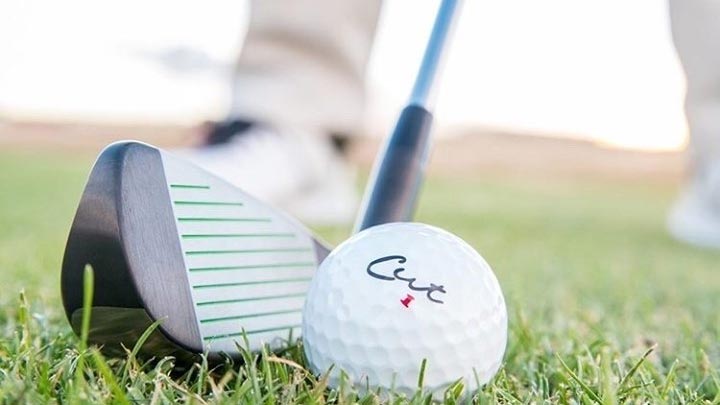
When the first artificial grass pitches were introduced into the sporting world they seemed like a godsend. Gone would be the days of trudging around on mud-covered pitches and of course games would never be cancelled because of a waterlogged pitch. Also, it would promote better skills both in training and during a game because of the dry firm surface. However, the first incarnation of the artificial pitch of the 3G was undoubtedly better suited to soccer than rugby. This was mainly due to the fact that the quality of the pile and the use of infill products within it didn’t cope well with impacts such as falls.
Players playing on 3G pitches quite often suffered serious abrasions and cuts when falling, leading to concerns about the suitability of the surface for contact sports such as rugby. However, because of the financial advantages of artificial pitches and the fact they could provide clubs with an additional income stream they were an attractive proposition, and some professional and amateur clubs had them installed with varying degrees of success. In fact, some clubs had them replaced with grass surfaces due to injury concerns.
Technological Advancements of 4G Artificial Grass
As technology moved on and the 4G pitch was introduced to the market it was seen as something of a revolution. Because 4G or fourth-generation surfaces consist of only one element which is synthetic turf and are well-padded they were considered to be much more suitable for rugby and led to many of these pitches being installed across the country. A number of professional clubs now have 4G pitches, and the fact they require much less maintenance than a grass surface is a definite bonus. The makeup of the new 4G pitches seemed to have addressed the concerns about injuries and looked to make them an ideal choice for forward-thinking clubs. This appeared to be borne out by the fact that giants of the Rugby Union game such as Munster, Leinster, and Saracens now have this surface.
The Argument on Injuries
Unfortunately, the discussion on injuries has now reared its head again, with both players and coaches in some parts claiming that 4G pitches are responsible for more injuries than grass surfaces. Now let’s be honest, injuries are considered as part and parcel of rugby and accepted as an occupational hazard by players. But recent studies by both the Irish RFU and Premiership rugby seem to indicate that artificial grass pictures are more likely to cause injury than grass. So, if there is a level of concern around player welfare, it seems strange that they are now becoming more commonplace.
Now, as someone who played rugby for many years, I find it strange to think that a 4G pitch could be worse than some rock-hard surfaces I encountered at the end of the season when playing in the car park would probably have been preferable. However, the fact that international players such as Jack Nowell of Exeter Chiefs and Joe Marler of Harlequins have voiced their concerns is worrying. Advocates of 4G pitches say that they lend themselves to a more attractive and faster brand of rugby. On the other hand, critics claim that the use of artificial pitches shows a disregard for player welfare.
Surely if this were the case then clubs that have 4G pitches would have horrendous injury lists. However, this does not seem to be the case, there seem to be more injuries among players who do not regularly play on the surface. These clubs train all week on a 4G surface and as such their bodies become attuned to the different characteristics of the surface.
Some Injuries Just Aren’t Preventable
One thing you can’t eradicate on a 4G pitch is the cuts and burns which are generally much worse than on grass and take longer to heal. The two other main areas of concern around 4G pitches are shock and load injuries such as ACLs. The fact that there is very little give in a 4G pitch puts a great amount of strain on the joints and muscles, especially if your body isn’t used to it. Lack of giving in artificial pitches is also a factor in impact injuries. With the heights, some players get too in line-outs, and when jumping to diffuse an up and under, then a hard landing is not ideal. There also appears to be a correlation to concussion injuries, something which is right at the forefront of people’s thoughts with the connection between head injuries and dementia.
So, Where Do We Stand With 4G Artificial Grass Pitches?
In conclusion, it appears 4G pitches have both supporters and detractors, and while there is information to suggest artificial grass pitches are more likely to cause injury it is not conclusive. As mentioned above the financial benefits of an artificial surface make them a very tempting proposition for amateur and professional clubs alike, however surely player safety and welfare should be paramount. No doubt this debate will rage on for some time, however as it stands it looks like 4G pitches are here to stay.




